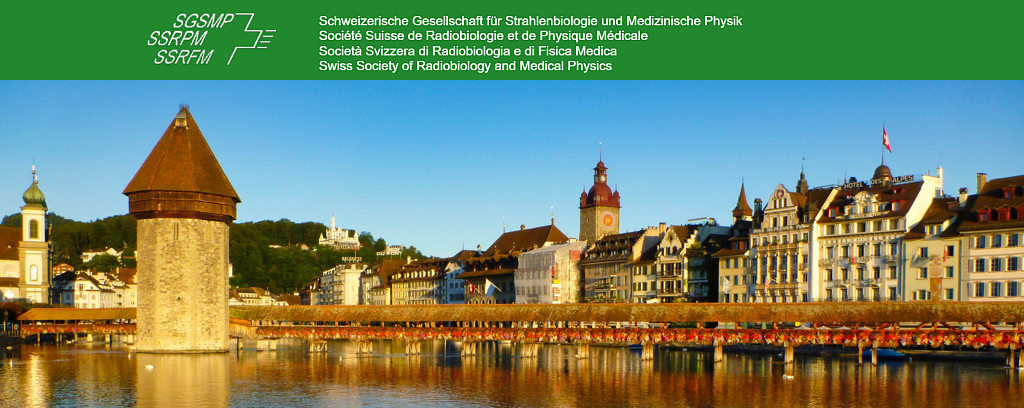Speaker
Description
Purpose:
The breast is a radiation-sensitive organ, and its composition varies from one individual to another. But does its composition affect the dose received during a mammography examination? The objective of this study is to determine the influence of age and breast density on the dose of radiation received during a mammography examination.
Methods:
A retrospective study was conducted using all Digital Breast Tomosynthesis (DBT) examinations performed in 2020 and 2021 with the Selenia Dimension mammography unit by Hologic at the University Hospitals of Geneva (HUG). Seven categories of compressed breast thickness (CBT) were defined, with 10 mm intervals ranging from 20 mm to 90 mm. Data analysis was carried out for each thickness category, considering age, breast density, mean glandular dose (MGD), and entrance dose (ED). Three relationships were studied across the seven CBT categories: the change in breast density with age, the influence of breast density on the received dose, and how the dose received varies with age.
Results:
Out of 1622 mammography acquisitions subjected to analysis, 1205 met the study's eligibility criteria, involving patients aged 28 to 100 years, with an average age of 58 years, and with varying breast densities classified from A to D.
We examined the correlations among age, density, and the received dose for the seven CBT categories.
The analysis showed that breast density declines as age advances, and that the dose rises as the breast density increases, within all the thickness categories.
As an implication of the preceding findings, the dose exhibited a decrease as age increased, regardless of breast thickness.
These results highlight how breast density, which varies with age, affects the dose received during mammography examinations.
Conclusion:
These findings substantiate a correlation between breast density and age, as well as a correlation between breast density and administered radiation dose, and between age and radiation dose. These findings could be an important asset to take into account when establishing Diagnostic Reference Levels (DRLs) for mammography.

